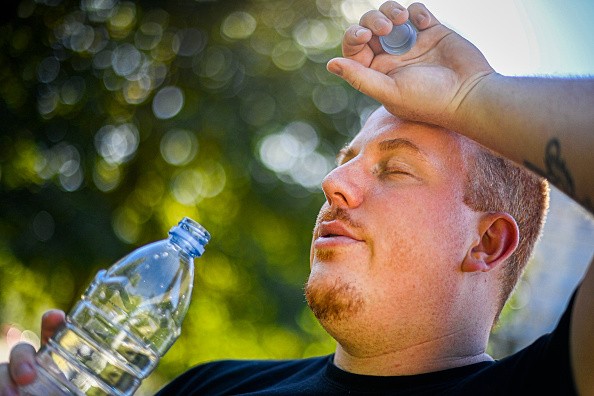According to a recent study done by the Children's Hospital of Philadelphia, when temperatures rise in the United Areas, some states may witness an increase in kidney stones.

It's a pattern that scientists have seen in the past, but experts believe it will become more visible and expensive as time goes.
Intensive Studies

The study, published in Scientific Reports on Jan. 10, looked at data from South Carolina spanning 18 years (1997-2014) on the state's average temperatures and kidney stone cases. The researchers utilized a more precise approach of assessing kidney stone estimations who used a wet-bulb temperature measure.
It presented two possibilities. To build lower-emission energy sources, limit global warming trends, and stimulate more forest areas by 2100, the first looked at the association between kidney stone prevalence and temperatures.
The second module calculated what would happen if greenhouse gas emissions were generally unrestrained in the future. The difference in global temperature rise was between 2.3 and 3.6 degrees Celsius between the two modules, depending on the module.
Global Temperature Rise
Even as global temperatures rise, some parts of the United States will witness an increase in kidney stone prevalence - the Kidney Stone Belt. According to the study, the belt refers to Southeast states, where kidney stones are more prevalent than in other parts of the country. According to studies, it might be linked to food and greater temperatures.
Symptomatic kidney stones may be expected to have a greater frequency and expense under even a somewhat conservative forecast of climate change, as our research demonstrates, particularly shortly," the study stated.
According to the findings, the number of kidney stones in South Carolina would rise from 2.2 percent to 3.9 percent by 2089, providing insight into bordering states in the kidney stone belt.
Climate Change CausingHealth Issues
Climate change, however, may influence more than only the occurrence of kidney stone illness. It's also the wallets of the people. Based on how climate change is treated, the average cost per patient with kidney stones is $9,000. A rise in kidney stones statewide might entail a total medical cost of anywhere between $56.6 million and $99.4 million.
"We don't typically talk about the impact of climate change on human health, especially when it comes to children," said Gregory E. Tasian, an attending pediatric urologist and senior author of the research. "A warmer globe will have major implications on human health." "As pediatric experts, we have a responsibility to investigate the impact of climate change on human health, as today's children will be living with it in the future.
Considerable Rise

According to the University of Alabama, the number of Americans with kidney stones has grown considerably since 1994, and the discomfort of passing a kidney stone has been compared to childbirth. While the Southeast is recognized for having a greater prevalence of kidney stones, the institution claims strategies to help prevent them.
Also Read : How Climate Misinformation Through Social Media Worsens the Battle Against Climate Change
For more news update about Environmental Action, don't forget to follow Nature World News!
© 2025 NatureWorldNews.com All rights reserved. Do not reproduce without permission.





